Reform Bill Heads
A public art project to commemorate a tumultuous period in Derby's history.
As one makes their way up Friar Gate, (so named for a friary that once stood here in the 1300s) they might enjoy the sight of many respectable Georgian houses lining both sides of the street. Once they pass the old railway bridge and make their way up to the crest of a hill, they may also notice something peculiar surrounding the base of two London plane trees.
It is here, that the visitor will see a vast collection of ceramic heads poking out from the ground. With no information placard in sight, they might be confused as to why such a display exists. Further investigation reveals that these noggins represent the condemned prisoners who were set free during the Reform Bill Riots of 1831.
A bill had been sent to the House of Lords seeking equal representation for several boroughs, particularly in the north of England. It failed to pass and massive riots broke out in cities across the nation, especially in Bristol, Derby, and Nottingham. Some have compared this outbreak of violence to both the American and French Revolutions.
Derby Gaol was located on Vernon Street, not far from where these sculpted heads sit. In the ensuing riots that took place across the country, an angry mob took advantage of the chaos and freed the prisoners. Timothy Clapcott is the artist responsible for the work, which was installed in 2000. The looks on the faces are meant to express seeing sunlight. This project was funded by the Sustrans cycle route improvements, and is a part of the 1969 Derby Conservation Area.
Know Before You Go
Visible and accessible at all times. Located on the western side of Friars Gate, just past the Pickford House Museum. A 18th century Grade II listed building that showcases life in the Georgian period, as well as numerous toy theaters.

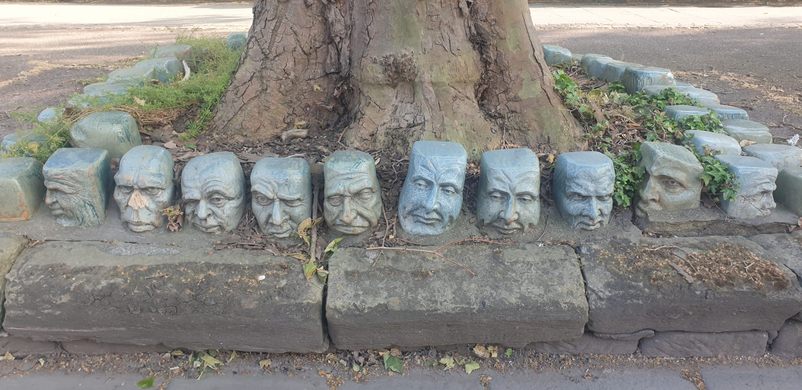
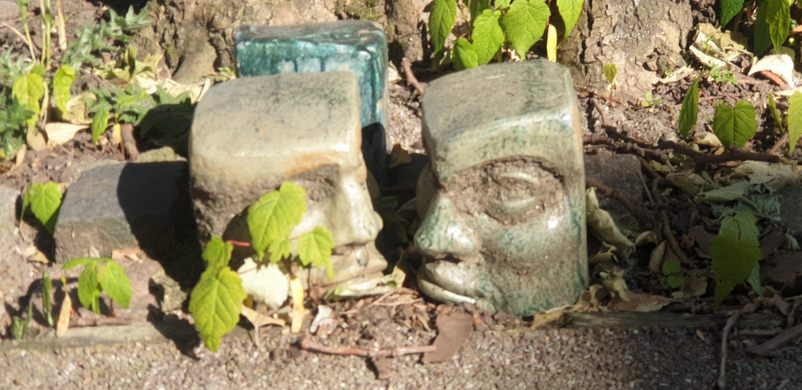
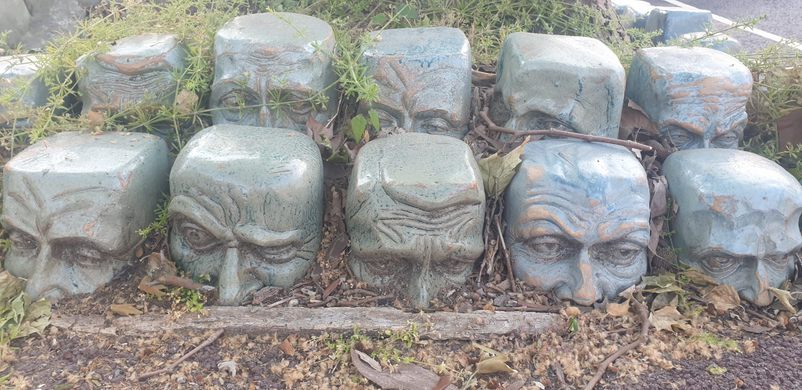
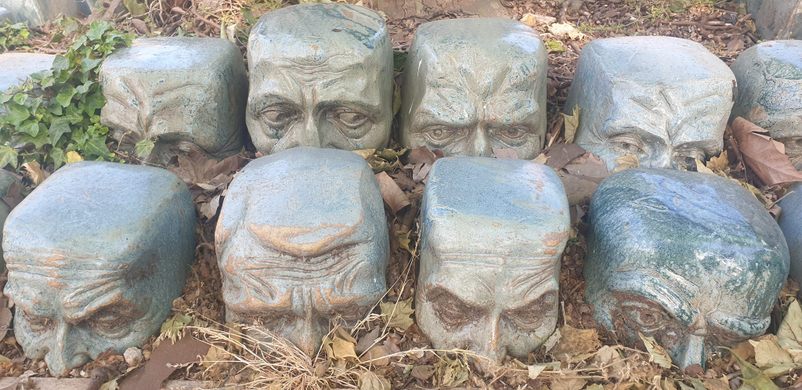

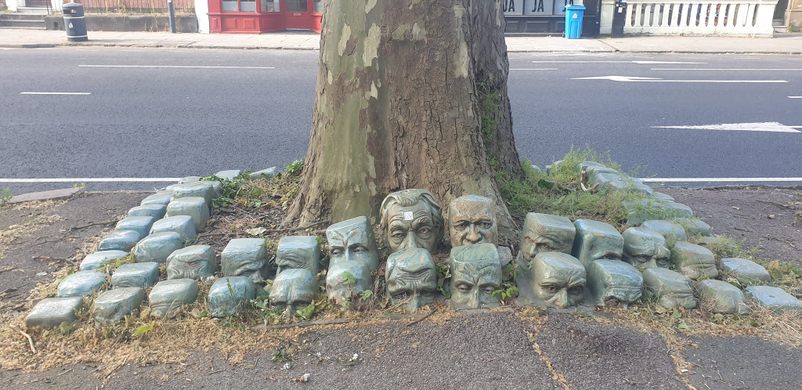


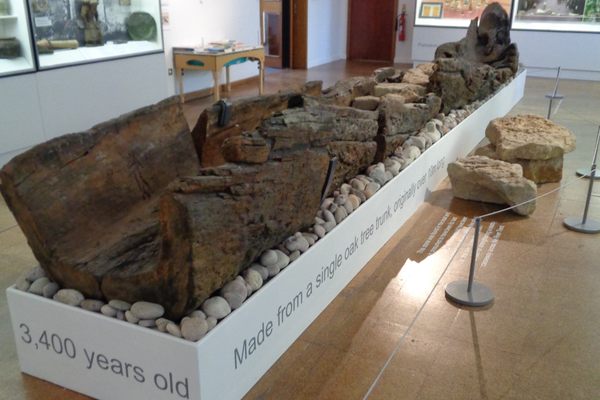


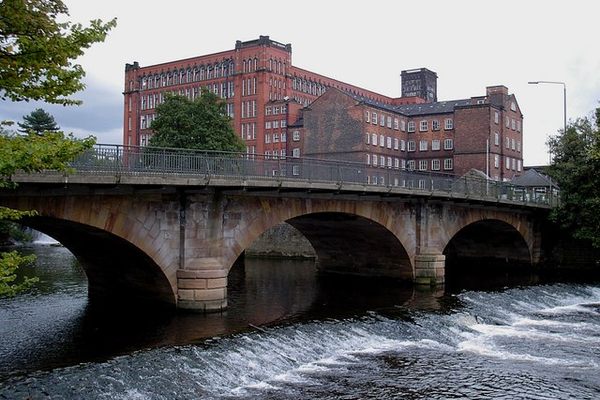
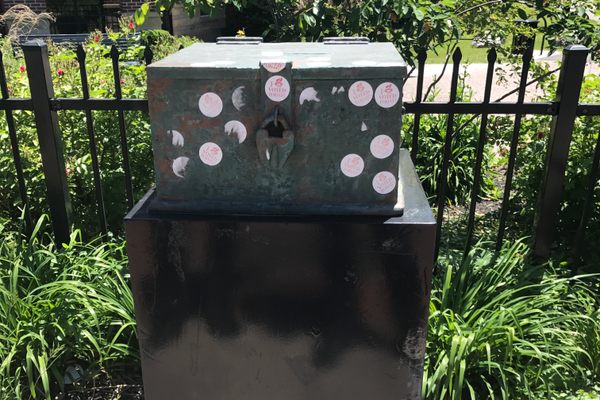




Follow us on Twitter to get the latest on the world's hidden wonders.
Like us on Facebook to get the latest on the world's hidden wonders.
Follow us on Twitter Like us on Facebook